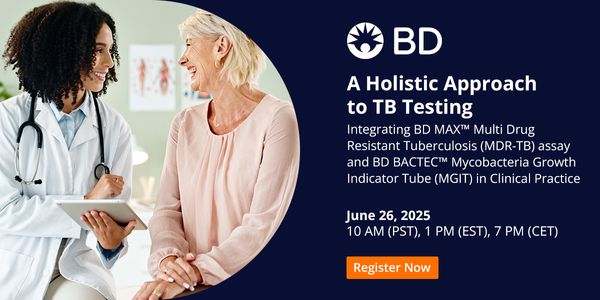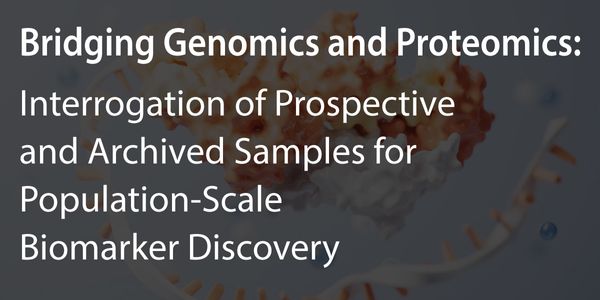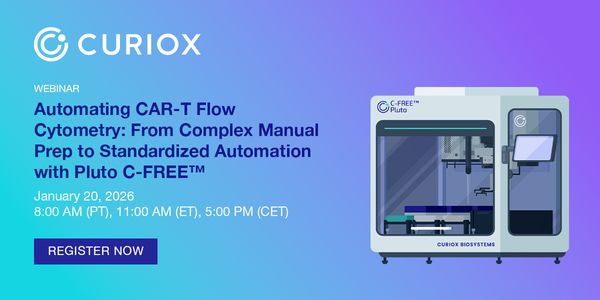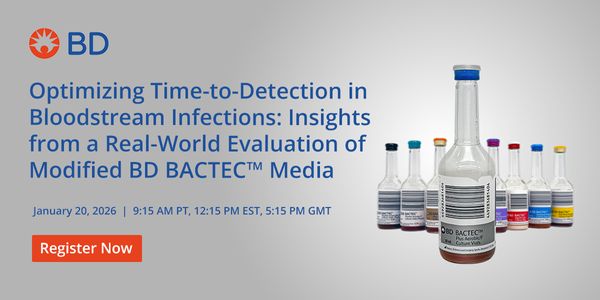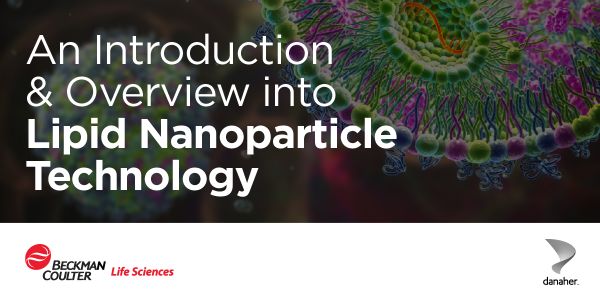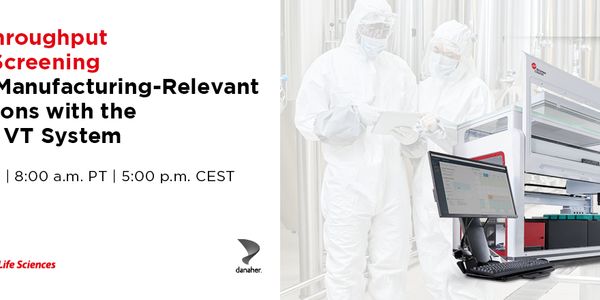Agilent platform for genomics, transcriptomics, proteomics and metabolomics based integrated biology: challenges and tools for multi-omics research
-
Carolina Livi, PhD
Bioinformatics Segment Manager, Agilent TechnologiesBIOGRAPHY
Biological datasets have become increasing large and complex. Knowledge databases and publicly available datasets are available for use in experimental planning and running results comparisons However, this often requires a number of different software and is very time consuming. This difficulty becomes immediately apparent when handling multi-omic data trying to merge genomic, transcriptomic, proteomic or metabolomic information. GeneSpring software suite provides a platform for multi-omic data analysis allowing for comparisons and results interpretation across different platforms and technologies. An integrated pathway approach for analyzing multi-omic data can significantly alleviate bottlenecks and provide valuable information that is often missed in individual experiments. One successful method for translating diverse analytical data into biological understanding can be achieved by projecting and visualizing pairs of experimental data onto curated biological pathways (WikiPathways/BioCyc/KEGG) or literature-derived networks. Agilent's BridgeDB automatically links an annotated gene, protein or metabolite identifier in the experiment to the corresponding identifier used by the pathway database resulting in better annotation coverage for downstream analysis. We will highlight use cases merging transcriptomics with metabolomics data as well as a proteogenomics workflow highlighting metadata framework and correlation tools.
Agilent platform for genomics, transcriptomics, proteomics and metabolomics based integrated biology: challenges and tools for multi-omics research
Please update your information
Certificate of Participation
DOWNLOAD CERTIFICATE

